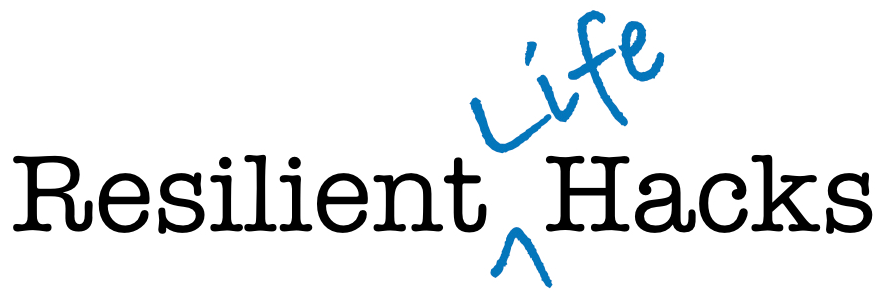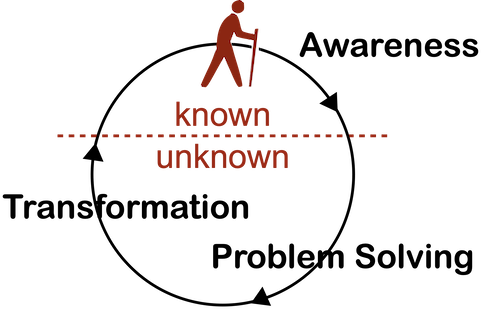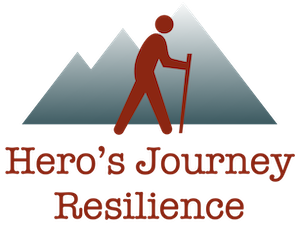Comprehensive--All Skills
1. Pretest
Optional general resilience test before you begin the learning and again sometime after you complete the learning to measure personal change. The Response to Stressful Experiences Scale is for adults and available through GSA. RSES PDF »
2. Background
Brief two minute overview, for adults, of why we need to be resilient and how we can become resilient.
Resilience: Why and How, Part 1 of 3. Video »
3. Learning
This Comprehensive option has you work with all five positive coping skills. Work with another person, using the videos and the first section of the workbook, on the skill exercises for each of the five skills (3 to 4 hours).
Resilience: Why and How, Part 2 of 3. Brief video on learning the Belief skill and developing a social support system. (4 minutes) Video »
Belief flashcard. Skill exercises. More »
Persistence flashcard. Skill exercises. More »
Strength flashcard. Skill exercises. More »
Resilience: Why and How, Part 3 of 3. Brief video on learning the Trust skill with mention of the Persistence, Strength, and Adaptability skills. (4 minutes) Video »
Trust flashcard. Skill exercises. More »
Adaptability flashcard. Skill exercises. More »
Resilience Workbook. The first section of the workbook provides for a much more in depth look at all skills and exercises. Workbook PDF »
4. Posttest
The same general resilience test may be a used sometime after learning to measure personal change. What has the testing shown you about your resilience?
5. Supplements
You can add to your learning using the Resilience App and the STEM Approach to Resilience exercise.

 Common to many epic stories is the hero who, facing a challenge, goes on an adventure, is victorious, and returns as a transformed person. Some examples are Luke in Star Wars and Dorothy in the Wizard of Oz. The Hero's Journey encourages us to recognize the importance of teamwork through a social support system. Like many sports, as we learn the game, we are also learning how to work as a team.
Common to many epic stories is the hero who, facing a challenge, goes on an adventure, is victorious, and returns as a transformed person. Some examples are Luke in Star Wars and Dorothy in the Wizard of Oz. The Hero's Journey encourages us to recognize the importance of teamwork through a social support system. Like many sports, as we learn the game, we are also learning how to work as a team. A simple web-based application that parallels the five skills, and further allows you to create your own resilience skills. The simple app permits exploration of a personal challenge using any of the skills. All data are stored locally on your computer or device. Should you want a printable version, the app has been translated to hardcopy in the workbook.
A simple web-based application that parallels the five skills, and further allows you to create your own resilience skills. The simple app permits exploration of a personal challenge using any of the skills. All data are stored locally on your computer or device. Should you want a printable version, the app has been translated to hardcopy in the workbook. 